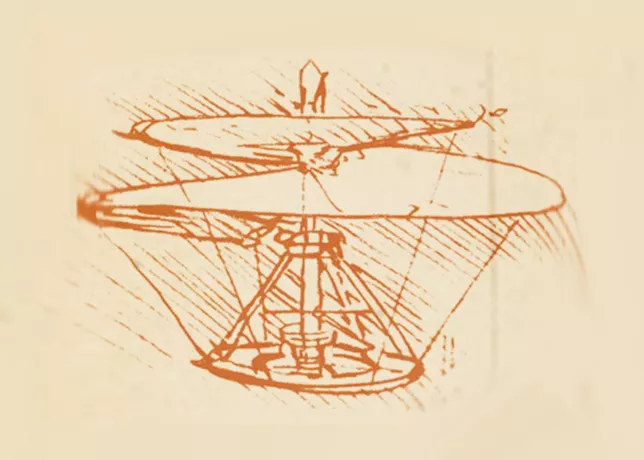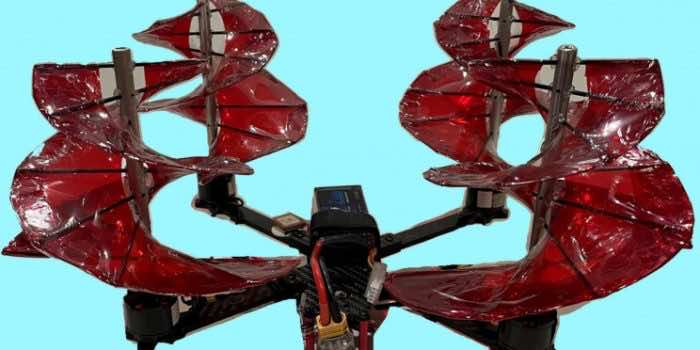Leonardo da Vinci is a well-known painter, sculptor, architect, and scientist. He is well known for his works like Mona Lisa. The noticeable thing is that in the 1480s – hundreds of years before the first flight, he sketched a design for an aircraft. Due to a shortage of the appropriate resources, he never built or tested the helicopter-like device. But recently, an aerospace engineering student from the University of Maryland, Austin Prete spent almost two years on the design of a helicopter that was designed some 500 years ago. As Prete had access to modern tools, he managed to make the helicopter concept of da Vinci a reality.

Da Vinci’s designs included outlines of what was probably the first vision of an air vehicle that could do a vertical take-off and landing. In 2019, the students at the University of Maryland tested whether the concept would actually support flight. When they reached the conclusion that it really worked, one of them, Austin Prete contributed to it by perfecting the prototype to deliver “Crimson Spin”, a quadcopter operating through corkscrew-like propellers.
According to Gizmodo, an aerial screw was associated with the design model of da Vinci, that would push the air downward to generate the lift for flight. But as far as the methods for propulsion were concerned, Prete did not rely on the methods proposed by da Vinci’s design. Instead, he used modern motors and solved the problem of navigation. Small changes in the speed of the propeller help tilt in the desired direction as in today’s drones. Prete demonstrated his quadcopter in flight at the recently concluded annual vertical flight symposium, in San Jose, California.

In this world of modern technology, Prete also found ways to the other aspects of the same through the usage of modern equipment. For example, the simulators showed how the aerial screws worked and how the vortexes formed by these screws spiral down an entire structure, while generating an upward thrust. Prete also found that when used in remote areas, they would generate less dust and blowing material, as these aerial screws create less downwash than standard propellers. This was also indicated that they would be less noisy.


